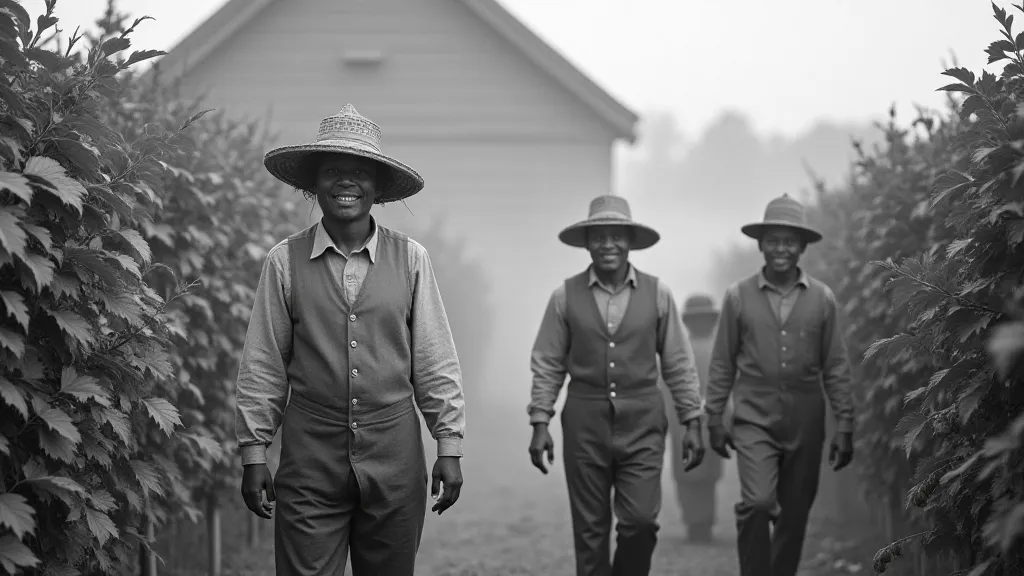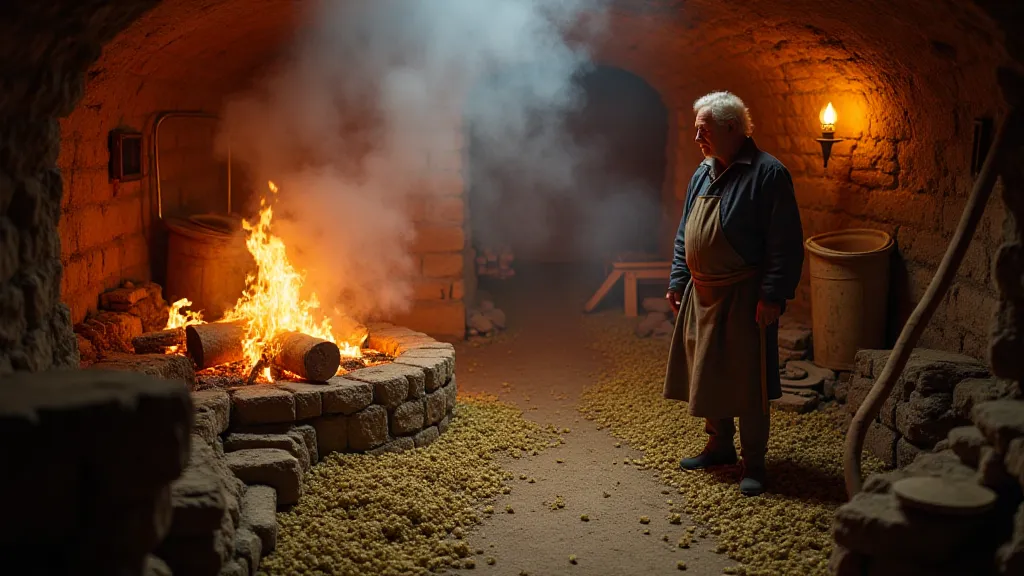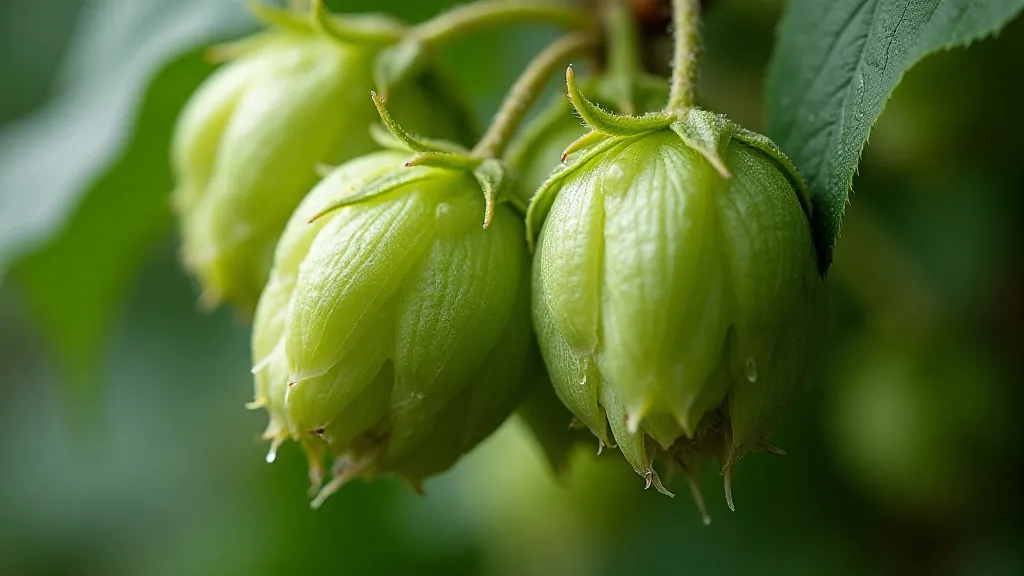The Hops' Legacy: How the Cultivation of Hops Defined a Region’s Identity
The scent of hops – earthy, floral, sometimes piney – isn’t merely the fragrance of brewing; it's the aroma of history, of perseverance, of a deep and enduring connection between people and the land. For centuries, specific regions have been inextricably linked to the cultivation of this vital ingredient, their economic fortunes rising and falling with the hop harvest, their cultural identities steeped in the traditions of the hop farm. It's a story often overlooked, overshadowed by the flashier narrative of brewing itself, yet profoundly impactful, a silent symphony of labor and ingenuity shaping the very landscape and soul of a place.
Consider the Yakima Valley in Washington State, or Kent in England, or the Saaz region of the Czech Republic. These aren't just places; they are hop-growing heartlands. The story isn’t a singular, triumphant march, but a tapestry woven with threads of boom and bust, innovation and hardship, the unwavering dedication of families who’s lives were tethered to the fragile promise of the hop vine. My own grandfather, a carpenter by trade, occasionally helped out on a local hop farm as a young man. He rarely spoke of it, but the scent of hops always brought a wistful look to his eyes, a silent acknowledgment of the work, the heat, the unwavering cycle of the seasons.
Early Cultivation and Economic Foundations
The history of hop cultivation isn't ancient; it's relatively recent, only truly taking root in the 8th and 10th centuries. Before that, beer was often flavored with herbs and spices – gruit – but the introduction of hops brought a crucial element: bitterness, preservation, and a consistent flavor profile that breweries could rely on. Initially, hops were seen as a curiosity, a novelty. But their benefits quickly became apparent, and cultivation began to spread, initially in Germany and then outwards. Regions with the right combination of climate and soil – fertile, well-drained land and cool, misty summers – proved most hospitable to the hop vine.
The economic impact was transformative. In Kent, England, the "Garden of England," the hop industry became the backbone of the rural economy. Entire villages were built around the hop fields, and the annual harvest – “hop picking” – was a spectacle of communal effort. Families would migrate to the fields, often with children, working tirelessly from dawn until dusk. The sheer volume of labor involved created a unique social structure, a seasonal migration that shaped the rhythm of life. This wasn’t just about livelihoods; it was about community, about the shared experience of working the land. The scent of hops became synonymous with autumn, with the anticipation of the coming winter, and the hope for a bountiful harvest the following year.

The Challenges of an Agricultural Life
The romanticized image of the hop farm, however, often obscures the harsh realities of an agricultural existence. Hop farming is incredibly labor-intensive, even today. In the past, it was backbreaking work. Picking hops by hand, tying them into bundles, and transporting them to the kiln – all done under the relentless summer sun – demanded immense physical strength and resilience. But the challenges weren’t merely physical.
Disease and pests have always been a constant threat. Hop downy mildew, a devastating fungal disease, decimated crops throughout Europe in the mid-19th century. Farmers were forced to innovate, developing new varieties and cultivation techniques to combat the disease. Then there were the weather fluctuations. Droughts, floods, and late frosts could wipe out entire harvests, leaving families destitute. Competition from other regions, and later, from synthetic hop extracts, further complicated the landscape.
Innovation and Craftsmanship: Beyond the Field
The story doesn't end in the field; it continues in the kiln. After harvesting, hops need to be dried and preserved to retain their aroma and bitterness. The traditional hop kiln – often a converted barn or farmhouse – was a place of intense heat and focused craftsmanship. Kiln masters were artisans in their own right, carefully monitoring the drying process, using their knowledge and experience to achieve the optimal flavor profile. Each kiln imparted a unique character to the hops, a subtle nuance that distinguished one batch from another.
The process was, and often still is, an art form. The kilns themselves are remarkable feats of engineering, often incorporating ingenious ventilation systems and temperature controls. Many are still in operation today, testaments to the ingenuity and perseverance of those who built and operated them. Restoring these kilns, preserving their original machinery, is a labor of love, a connection to the past. It requires a deep understanding of their workings, a respect for the craftsmanship that went into their construction, and a willingness to embrace the challenges of working with ancient technology.

The Resurgence of Regional Hops and Craft Beer
The late 20th and early 21st centuries have witnessed a remarkable resurgence in the cultivation of regional hops, fueled by the craft beer revolution. Brewers, eager to create distinctive and flavorful beers, have sought out unique hop varieties, often grown by small, family-run farms. This has created a virtuous cycle, driving demand for regional hops and revitalizing communities that had once struggled to survive.
The focus has shifted from mass production to quality and terroir – the specific environmental factors that influence the characteristics of a crop. Brewers are now collaborating closely with hop farmers, experimenting with new growing techniques and developing varieties that express the unique character of a region. The scent of hops, once associated with hardship and toil, is now intertwined with the aroma of innovation and culinary artistry.

A Legacy Preserved
The story of hops is more than just a tale of agriculture; it's a story of community, of craftsmanship, of resilience. It's a reminder that even the simplest ingredients can have a profound impact on the cultural and economic identity of a region. The scent of hops remains a powerful connection to the past, a tangible link to the families who labored in the fields, the kiln masters who perfected the drying process, and the brewers who transformed those humble cones into a source of joy and refreshment. Preserving this legacy, celebrating the artistry of hop cultivation, ensures that future generations will appreciate the vital role these plants have played in shaping the world around us.





